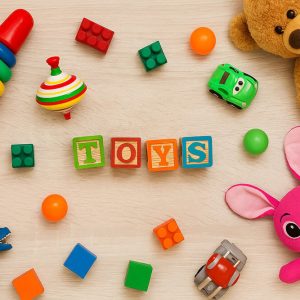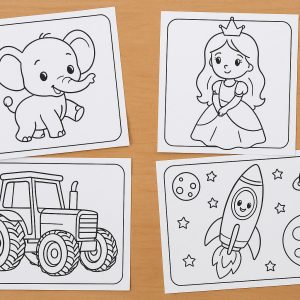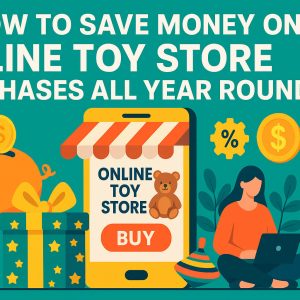In a digital era dominated by screens and fast-paced content, it’s easy to overlook the simple joys of traditional activities like coloring pages. Yet, for children, coloring isn’t just a pastime—it’s a powerful tool for learning, development, and self-expression. Whether it’s printable coloring pages, educational worksheets, or character-themed pages, this activity supports various aspects of childhood growth.
In this article, we’ll explore why coloring pages are great for child development, with insights into how they boost creativity, fine motor skills, emotional intelligence, and more. If you’re a parent, teacher, or caregiver searching for ways to help kids grow while having fun, this guide is for you.
1. Coloring Pages and Fine Motor Skill Development
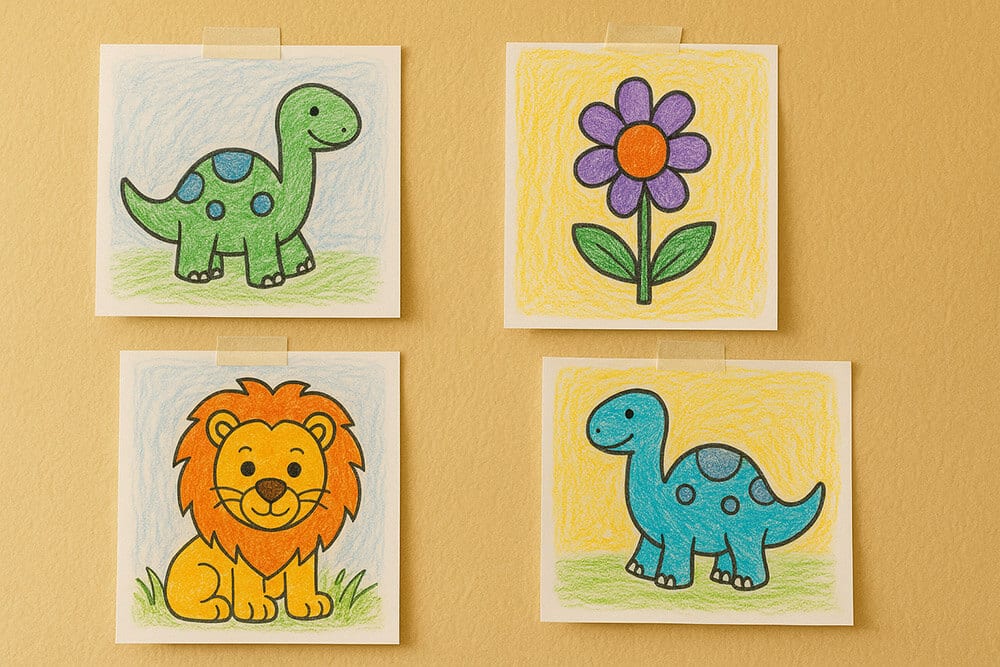
One of the most critical aspects of early childhood development is the refinement of fine motor skills—the small, precise movements of the hands and fingers. Coloring pages provide an ideal platform for children to practice and strengthen these skills in an enjoyable and low-pressure environment.
When a child holds a crayon and attempts to color within the lines of a drawing, they engage the muscles in their hands, wrists, and fingers. This repetitive movement builds strength and dexterity that later aids in writing, using scissors, tying shoelaces, and other essential tasks.
Practical Examples:
Coloring a dinosaur’s spiky back or a butterfly’s wings helps develop hand stability.
Tracing over letters or shapes with color improves control and grip.
Choosing different tools (fat crayons for toddlers, thinner pencils for older kids) supports progressive skill development.
This activity is especially important for parents searching for “coloring pages to improve fine motor skills in toddlers” or “preschool worksheets to develop pencil control.”
2. Coloring Pages Foster Creativity and Imagination
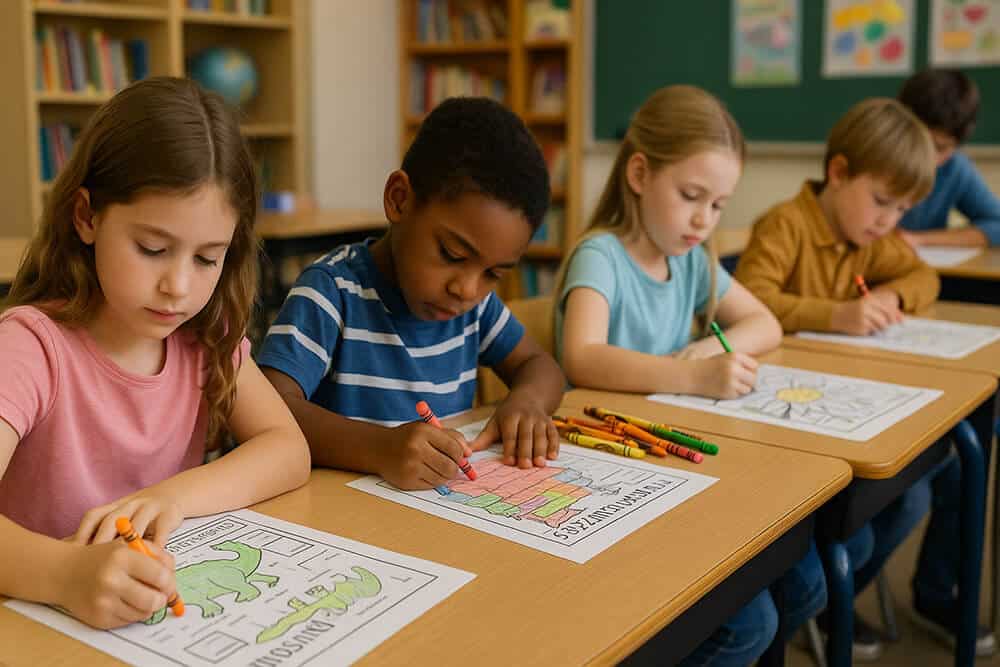
At its heart, coloring is an art form—one that nurtures a child’s creative expression and expands their imaginative thinking. Unlike screen-based activities that often deliver predetermined content, coloring allows children to make their own decisions and experiment freely.
For example, a child may color a sky purple or give a zebra rainbow stripes. These choices, while seemingly whimsical, are key to developing original thinking and the confidence to challenge norms—important traits in both personal and academic growth.
How Coloring Pages Encourage Creativity:
Children invent their own stories behind what they’re coloring.
They explore different combinations of colors, shapes, and textures.
Abstract or open-ended coloring pages (like mandalas or fantasy worlds) stimulate innovation.
When caregivers encourage this freedom without judgment, children feel empowered to explore and grow. That’s why creative coloring pages for kids and open-ended printable designs are widely used in schools and therapeutic settings alike.
3. Emotional Expression and Mental Health Benefits
Coloring can be surprisingly therapeutic for children, particularly those who struggle to articulate emotions verbally. Through the simple act of choosing colors, pressing hard or light, and completing pictures, children unconsciously process feelings like anger, sadness, joy, or anxiety.
For example, a child going through a difficult time may consistently choose darker tones or scribble intensely. This visual expression allows adults to gently approach conversations and offer support.
Emotional Benefits of Coloring Pages:
Reduces stress and anxiety by calming the nervous system.
Offers a healthy outlet for emotional release, especially in children with behavioral or sensory challenges.
Builds resilience and self-soothing techniques.
Parents searching for coloring pages for kids with anxiety or emotion-themed coloring worksheets can use this activity as part of a daily wellness routine or mindfulness session.
4. Coloring Improves Focus and Concentration
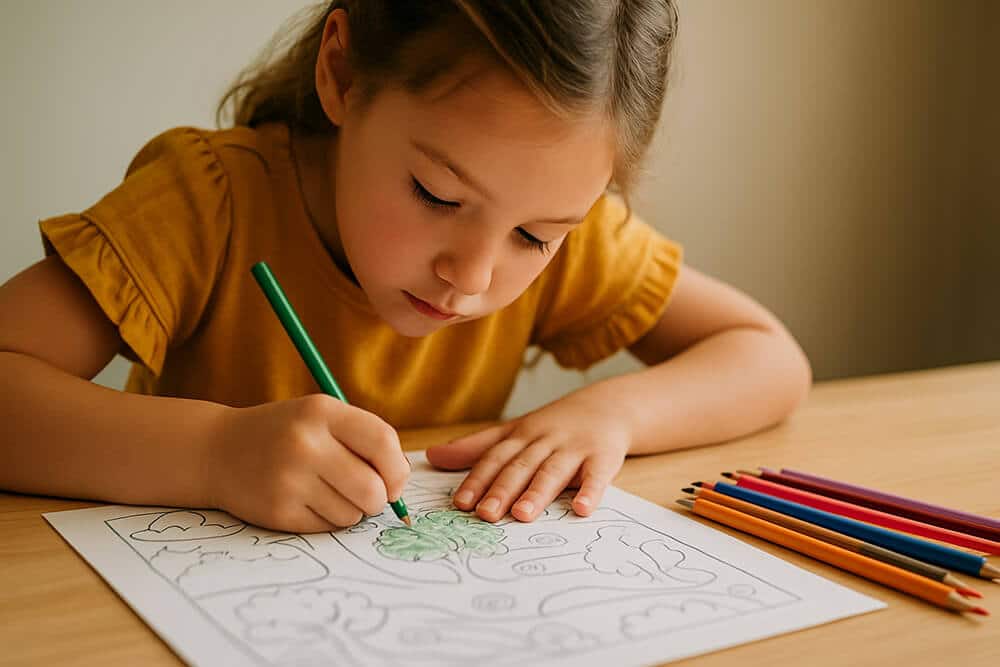
Completing a coloring page from start to finish requires a child to stay focused on a single task, often for several minutes or even longer depending on their age and interest. This practice of sustained attention helps improve their concentration span—a skill vital for school and everyday problem-solving.
Tasks like coloring within lines, selecting specific color palettes, or completing detailed patterns challenge children to develop discipline and cognitive persistence, which translate to stronger performance in academic settings.
Benefits to Attention Development:
Encourages setting short-term goals (“I’ll finish this section in blue.”)
Reinforces patience through slow, deliberate progress
Helps with task sequencing (deciding what to color first, second, etc.)
Parents and educators often search for coloring pages to boost attention span in children as part of ADHD-friendly learning strategies or homework warm-up routines.
5. Coloring Pages Teach Color Recognition and Pattern Awareness
Before children can read or write, they often learn through visual recognition. Coloring pages are a fun and repetitive way to introduce colors, patterns, and shapes, helping build foundational skills in both language and math.
As children learn the names of colors and experiment with combinations, they begin to understand how visuals work together. When presented with pattern-based coloring sheets—like mandalas or geometric animals—they also develop early concepts of symmetry, contrast, and spatial design.
How Coloring Enhances Visual Learning:
Encourages memorization of color names and hues
Teaches matching and sequencing through repetitive patterns
Lays groundwork for geometry, symmetry, and logical thinking
Search terms like “coloring pages for learning colors and shapes” are common among preschool teachers, homeschooling parents, and special education professionals.
6. Encourages Language Development and Vocabulary Building

Coloring time offers a golden opportunity for language enrichment. When adults interact with children during coloring sessions—asking them questions like “What are you drawing?”, “Why did you choose that color?”, or “Can you describe this animal?”—children are prompted to articulate their thoughts and expand their vocabulary.
Even when kids color independently, they often narrate stories in their minds, giving names to characters, describing settings, or creating dialogues.
Activities That Foster Language Skills:
Print coloring pages with labeled objects (e.g., “apple,” “tree,” “sun”)
Include question prompts on the page itself to spark conversation
Have children tell a story based on the picture they colored
Interactive coloring pages for early language skills are often recommended by speech therapists and preschool educators as part of play-based learning.
7. Teaches Boundaries and Spatial Awareness
For young children especially, learning boundaries is a crucial cognitive skill. Coloring within the lines may seem like a simple rule, but it reflects an understanding of control, precision, and awareness of space.
This kind of spatial learning translates into everyday experiences: understanding personal space, navigating physical environments, and eventually excelling in tasks like building, measuring, and even driving.
Concepts Taught Through Coloring:
“Inside” vs. “Outside”
“Left” and “Right” spatial orientation
“Big” vs. “Small” comparisons
Printable resources like spatial awareness coloring pages or worksheets that focus on in/out, above/below, and near/far are powerful tools used in developmental classrooms and occupational therapy.
8. Boosts Confidence and Self-Esteem

Children naturally seek recognition and encouragement. Finishing a coloring page gives them a visible product of their effort, which can be celebrated and displayed. This leads to a sense of accomplishment, boosts their self-confidence, and motivates them to take on new challenges.
When a parent hangs a drawing on the fridge or a teacher displays artwork in the classroom, it reinforces the idea that their effort matters. This recognition helps children develop healthy self-esteem and pride in their work.
Ways to Celebrate Coloring Achievements:
Create a “Coloring Wall of Fame” at home or school
Let kids select pages to include in a personalized coloring book
Offer praise not just for neatness, but also for creativity and effort
Coloring pages that promote self-reflection (like “This is how I feel today”) are commonly searched using phrases like “coloring pages that build self-esteem in kids”.
9. Ideal for Screen-Free Educational Entertainment
In a world saturated with digital media, many parents and caregivers are actively looking for screen-free activities that are both educational and enjoyable. Coloring pages strike this balance beautifully.
Unlike video games or cartoons, which offer passive stimulation, coloring requires active engagement. It encourages kids to slow down, focus, and use their hands and eyes in coordinated ways—all while having fun.
Ideal Use Cases:
Airplane rides or long car trips
Waiting rooms at doctor’s offices
Wind-down time before bed
Birthday party or classroom activities
Keywords like “screen-free activities for kids” and “printable educational coloring sheets” frequently appear in Pinterest searches, parenting blogs, and school resource directories.
10. Versatile for All Environments: School, Home, or Therapy
One of the biggest advantages of coloring pages is their adaptability across environments. Whether you’re in a bustling classroom, a quiet bedroom, or a clinical therapy space, coloring fits in seamlessly.
Versatile Uses:
At school: Used for early finishers, calming time, or holiday projects.
At home: A relaxing activity to bond with children after a long day.
In therapy: Occupational and speech therapists use coloring to observe behaviors, improve grip, or initiate conversation.
Coloring pages can be adapted by theme, complexity, and size, making them suitable for toddlers, school-aged children, and even teens. Therapists frequently recommend occupational therapy coloring pages or mandalas for kids with ADHD as supplemental tools.
Bonus: Free Resources and Where to Find Quality Coloring Pages
With so many options available online, finding high-quality, age-appropriate coloring pages can feel overwhelming. Whether you’re searching for preschool-level coloring sheets, themed printables for parties, or educational resources aligned with classroom goals, knowing where to look can save you time—and keep your child engaged with safe, meaningful content.
🖍️ Our Top Recommended Resource: NuniToys
For a curated collection of free printable coloring pages for kids, we highly recommend visiting
👉 nunitoys.com/printable-coloring-pages-for-kids/
At NuniToys, you’ll find:
🎨 Themed collections (e.g., animals, holidays, space, cartoon characters)
🧠 Educational worksheets for letters, numbers, and shapes
📄 Easy-to-download PDF and JPG formats for print or digital use
💡 New pages added regularly to keep things fresh and exciting
Whether you’re planning a birthday party activity, setting up a screen-free corner at home, or preparing lessons for the classroom, NuniToys offers printable coloring sheets that combine fun, creativity, and learning in one convenient place.
🧩 More Trusted Sources for Coloring Pages
If you’re looking to expand your printable library, consider exploring these trusted platforms as well:
Crayola.com – Offers free classic and educational coloring pages for all age levels.
SuperColoring.com – A huge collection of detailed and themed coloring sheets, from dinosaurs to vehicles and beyond.
TeachersPayTeachers – A marketplace where educators offer downloadable, classroom-tested coloring activities.
Pinterest – Great for discovering user-created coloring pages and creative ideas (search by theme like “princess coloring pages printable” or “free space coloring sheets”).
📌 Tips for Choosing the Best Coloring Pages
Make sure pages are age-appropriate (toddlers need big, simple shapes).
Choose thematic pages aligned with the child’s current interests (e.g., Pokémon, animals, seasons).
Look for educational value when possible (alphabet, numbers, mindfulness prompts).
Prefer sites that offer high-resolution PDF or JPG downloads to ensure good print quality.
Conclusion
Coloring pages are far more than just a fun activity—they’re a powerful tool in supporting child development across many domains: motor skills, emotional growth, cognitive function, language learning, and more.
By offering free printable coloring pages or themed coloring sheets tailored to your child’s interests, you can boost their learning potential while letting them enjoy creative freedom.
So next time you’re looking for an enriching, screen-free, and affordable activity, remember that a simple coloring page might be one of the best educational tools at your disposal.

